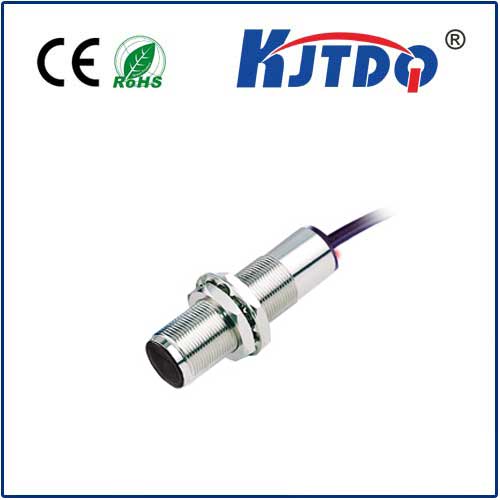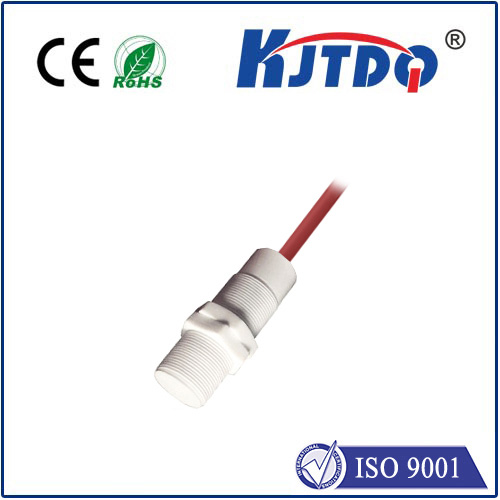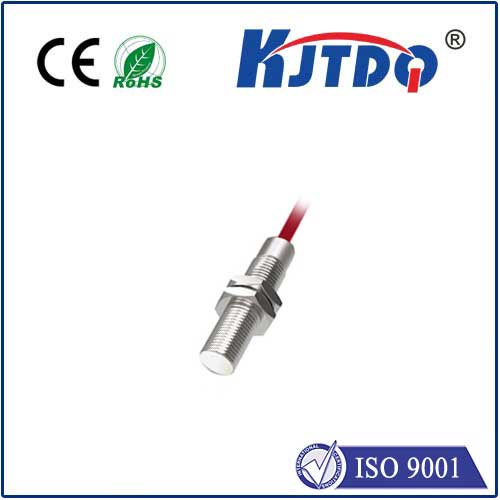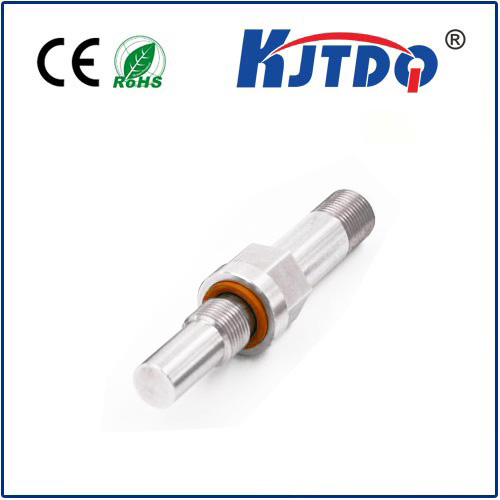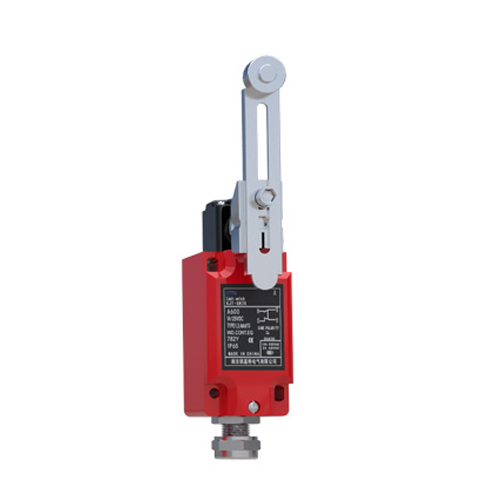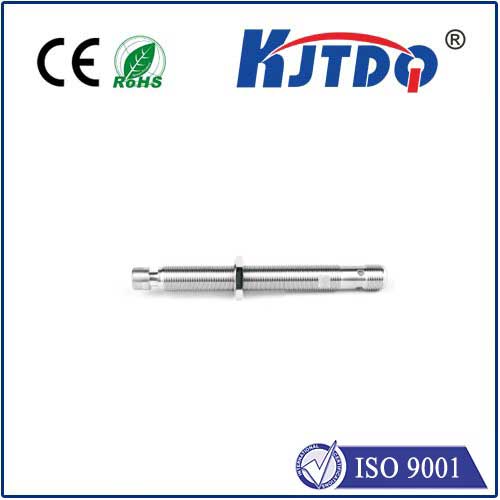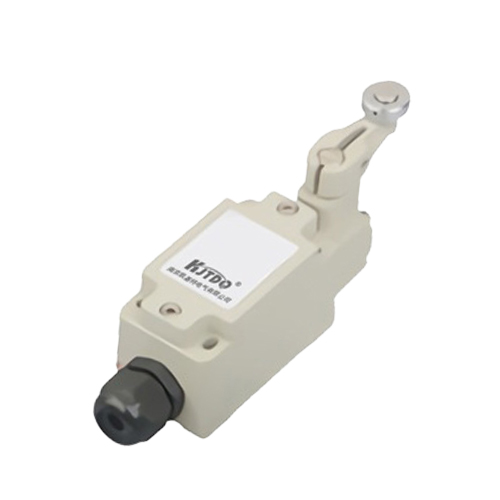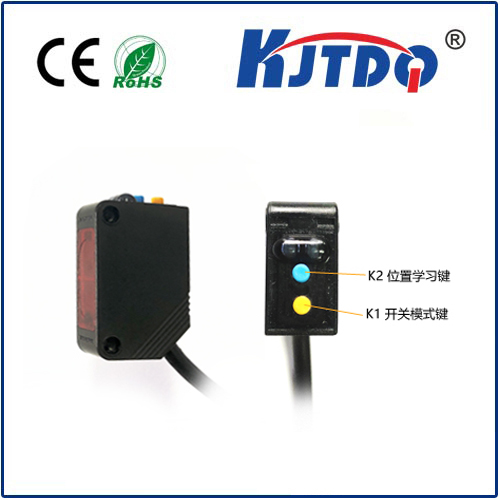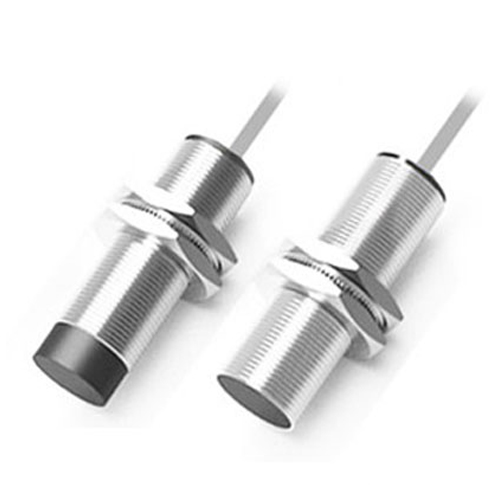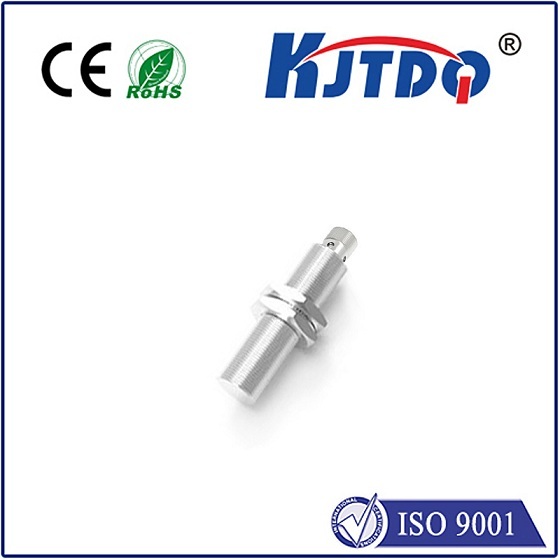PN7096 pressure sensor
- time:2025-09-23 06:08:30
- Click:0
PN7096 Pressure Sensor: Precision Measurement for Demanding Industrial Environments
Accurate pressure measurement is the silent sentinel of modern industry. Whether ensuring optimal fluid flow in complex manufacturing lines, guaranteeing safety in energy exploration, or maintaining critical conditions in aerospace systems, the ability to reliably capture pressure data is non-negotiable. When precision, durability, and consistent performance are paramount, the PN7096 Pressure Sensor emerges as a trusted solution engineered for the rigors of demanding applications.
Understanding the Foundation: How the PN7096 Operates
At its core, the PN7096 is a sophisticated piezoresistive pressure transducer. This means it relies on the piezoresistive effect inherent in silicon. A micromachined silicon sensing element forms its heart. When pressure is applied to this element, minute mechanical stresses cause a predictable change in its electrical resistance. This change is inherently linear and highly sensitive to pressure variations.
However, raw silicon outputs are delicate and require sophisticated conditioning. The PN7096 integrates advanced application-specific integrated circuits (ASIC) alongside the sensing element. This onboard electronics performs critical functions:

- Signal Amplification: Boosting the inherently small signal from the piezoresistors to usable levels.
- Temperature Compensation: Silicon’s resistance changes with temperature; the ASIC continuously monitors temperature and adjusts the pressure signal output to maintain accuracy across a wide operating range.
- Calibration and Linearization: Ensuring the final electrical output (e.g., 4-20mA, 0-5V, 0-10V) has a precise, linear relationship to the applied pressure.
- Output Configuration: Providing standardized, robust output signals compatible with industrial control systems (PLCs, SCADA, DCS).
Engineered for Resilience: Key Technical Attributes
The PN7096 isn’t just about sensing; it’s built to survive. Its construction typically features:
- Stainless Steel Construction: The sensing element is isolated from the media by robust 316L stainless steel diaphragms and housing. This provides excellent corrosion resistance against many aggressive industrial fluids, gases, and environmental conditions.
- High Overpressure Rating: Engineered to withstand significant pressure spikes beyond its nominal range, enhancing longevity and system safety.
- Wide Operating Temperature Range: Capable of functioning reliably in environments with substantial temperature fluctuations, common in industrial settings.
- EMI/RFI Protection: Designed to mitigate electromagnetic and radio-frequency interference, ensuring signal integrity is maintained even in electrically noisy environments.
- High Accuracy and Stability: Delivers high-precision measurements (often ±0.1% to ±0.25% Full Scale) with excellent long-term stability, minimizing drift and the need for frequent recalibration.
- Multiple Pressure Ranges: Available in a broad selection of pressure spans, from low differential pressures up to high absolute or gauge pressures (e.g., 0-1 bar up to 0-1000 bar or higher), making it versatile across numerous applications.
- Various Electrical Outputs and Process Connections: Offers flexibility with industry-standard outputs (4-20mA, 0-5V, 0.5-4.5V ratiometric, 0-10V) and numerous process connection options (e.g., G1/4”, 1⁄2” NPT, M20x1.5) to suit specific installation requirements.
Where Precision Meets Practice: Core Applications
The robust and accurate nature of the PN7096 pressure sensor makes it indispensable in sectors where performance under pressure is literal:
- Industrial Automation & Process Control: Monitoring hydraulic/pneumatic pressures in machinery, controlling filling systems, overseeing pump performance, regulating filtration processes, and ensuring safe pressures in pipes and tanks. Its 4-20mA output is the universal language for PLCs and DCS systems.
- HVAC/R (Heating, Ventilation, Air Conditioning, Refrigeration): Precise refrigerant pressure monitoring, chiller controls, duct static pressure measurement, and pump control rely on stable, accurate sensors like the PN7096 for efficient and safe system operation.
- Energy & Utilities (Oil & Gas, Power Generation): Monitoring pressure in pipelines, compressors, wellheads, boilers, and turbines. Its stainless steel construction withstands harsh environments, while its high accuracy ensures operational safety and data reliability for critical decisions. Pressure transducers in this sector demand ruggedness.
- Water & Wastewater Management: Measuring pump discharge pressure, filter differential pressure, tank levels (via hydrostatic pressure), and ensuring pipeline integrity. Resistance to water and potential corrosive agents is crucial.
- Mobile Hydraulics: Controlling hydraulic pressures in construction equipment, agricultural machinery, and material handling systems requires sensors that can handle vibration and shock while delivering precise feedback.
- Test & Measurement: Providing accurate, calibrated pressure readings in laboratory settings, calibration benches, and during product development and testing phases.
- Aerospace & Automotive (Subsystems): While often requiring specialized certifications, the fundamental technology can be adapted for fluid pressure monitoring in fuel, lubrication, braking, and pneumatic systems in demanding environments, including high-pressure sensing tests.
The Competitive Edge: Why Choose the PN7096?
Selecting a pressure sensor is an investment in system reliability and data integrity. The PN7096 offers distinct advantages:
- Uncompromising Accuracy: High-precision measurement forms the foundation for effective process control and quality assurance.
- Proven Durability: Built with quality materials and construction to endure industrial environments, minimizing downtime and replacement costs. Its robust stainless steel housing is key.
- Exceptional Stability: Low drift over time and temperature means longer intervals between recalibrations and sustained confidence in measurement data.
- Versatility: The wide range of pressure ratings, output signals, and connection options makes it suitable for a vast array of applications.
- Reliable Performance: Consistent, dependable operation translates to predictable system behavior and reduced maintenance headaches. It excels as a reliable pressure transducer.
- Ease of Integration: Standard electrical outputs and process connections simplify installation and connection to existing control infrastructures.
Integrating for Success: Practical Considerations
To maximize the performance and lifespan of your PN7096 pressure sensor:
- Select the Correct Range: Choose a range where your normal operating pressure falls within 50-80% of the sensor’s full scale for optimal accuracy and longevity. Avoid sustained operation near the upper or lower extremes.
- Match Media Compatibility: Ensure the sensor’s wetted materials (typically 316L stainless steel diaphragms) are compatible with the measured media (liquid or gas). Consult specifications for chemical resistance if dealing with aggressive substances.
- Consider Process Temperature: Verify the sensor’s operating temperature range encompasses the environmental conditions at its installation point. Consider thermal effects on tubing/hoses if the sensor is remotely mounted.
- Protect Against Surges & Spikes: While robust, utilize snubbers or pulsation dampeners if pressure spikes or water hammer are likely. Ensure the sensor’s overpressure rating provides sufficient headroom above the maximum anticipated surge.
- Proper Installation: Follow manufacturer guidelines for mounting torque. Ensure the process connection is leak-free. Protect electrical connections from moisture and damage. Grounding according to specifications is crucial for noise immunity. Using thread sealant compatible with the media and connection type is vital.
- Electrical Wiring: Use shielded cable for analog outputs and connect the shield appropriately (usually at the controller/power supply end) to minimize noise pickup. Ensure correct polarity for voltage outputs and adhere strictly to power supply requirements.
- Regular Verification: While known for stability, periodic calibration checks against a known standard are recommended as part of a preventative maintenance schedule to ensure ongoing accuracy. Pressure monitoring systems benefit from validated data.
The PN7096 Pressure Sensor embodies the fusion of sophisticated sensing technology with rugged industrial design. Its unwavering precision, built-in resilience, and robust performance characteristics make it a cornerstone component in systems where accurate pressure data is critical for safety, efficiency, quality, and control. When the pressure is on, the PN7096 delivers the reliable insights needed to drive operational excellence across countless industrial landscapes.






